
Nissan Pixo Hatchback (2009-2013) boot space, practicality and safety

The Pixo hasn’t been put through a Euro NCAP crash test but the near-identical Suzuki Alto scored three stars in the more stringent ratings, introduced in 2009, which is far from impressive. According to the crash experts the score was limited by its performance in adult occupant protection and child protection. Safety equipment is adequate for a car this size, although the entry-level Visia model only has two front airbags – you need to opt for an Acenta to get side airbags.
The top Tekna model gets curtain airbags as well as an electronic stability programme (ESP).
Although you wouldn’t expect a large boot, the Pixo has very limited luggage room – even by small car standards. With 129 litres it’s smaller than alternatives like the Citroen C1 and Kia Picanto. Worse still is the odd shape and high load lip, which makes lifting heavy objects in or out hard work. The rear seats do fold down (although not quite flat) to boost the carrying ability and there are a few stowage areas elsewhere including a cupholder and open cubby in front of the gearlever.
However, the door pockets are very narrow, making them pretty useless apart from a CD or two and there’s no glovebox. Instead it’s replaced by a storage bin.
Euro NCAP rating
Ratings for this model not available

Equipment and options
- 3x3 point rear seat belts
- ABS
- CD
- Cloth seat trim
- Driver`s airbag
- Folding rear seats
- Isofix child seat anchor points
- PAS
- Passenger`s airbag
- Space saver spare wheel
- Steel wheels
- Steering wheel rake adjustment
- Front electric windows
- Front fog lights
- Remote locking
- Side airbags
- n/a
- Air conditioning
- Front electric windows
- Front fog lights
- Height adjustable drivers seat
- Remote locking
- Side airbags
- n/a
- Air conditioning
- Front electric windows
- Front fog lights
- Remote locking
- Side airbags
- Traction control
- n/a
- n/a
- n/a
Dimensions
| Length | 3565mm |
|---|---|
| Width | 1630mm |
| Height | 1470mm |


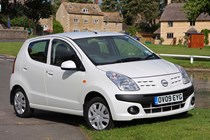
.jpg)
.jpg)
.jpg)
.jpg)
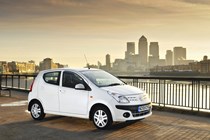
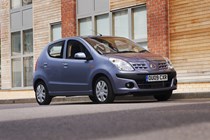
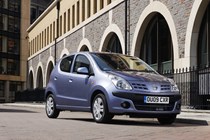
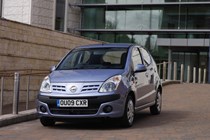
.jpg)
.jpg)
.jpg)
.jpg)
.jpg)
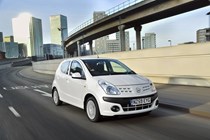
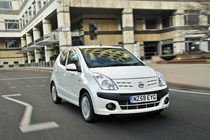
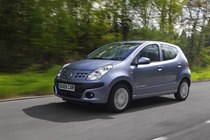
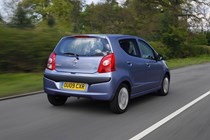
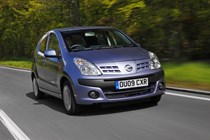
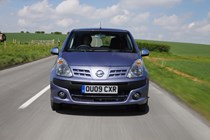
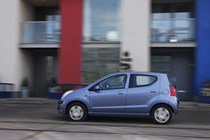
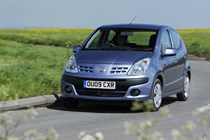
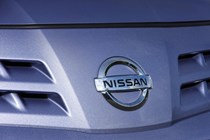
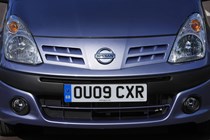
.jpg)
.jpg)
.jpg)
.jpg)
.jpg)
.jpg)
.jpg)
.jpg)
.jpg)
.jpg)
.jpg)
.jpg)
.jpg)
.jpg)
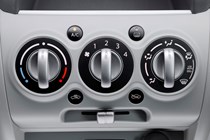
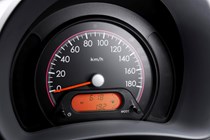
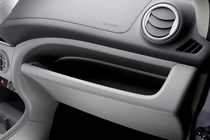
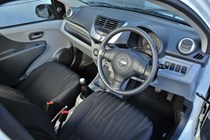
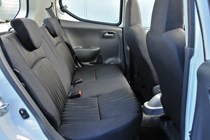
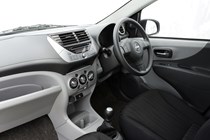
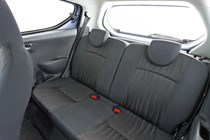
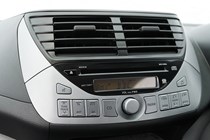
.jpg)
.jpg)
.jpg)
.jpg)
.jpg)
.jpg)
.jpg)
.jpg)
.jpg)
.jpg)
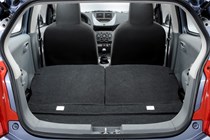
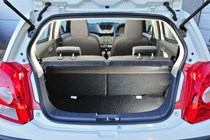
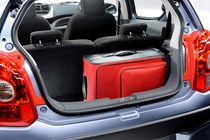
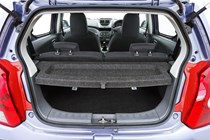
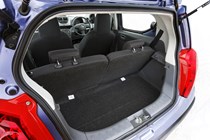
.jpg)
.jpg)
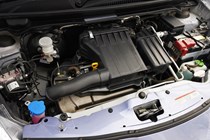
.jpg)
.jpg)
.jpg)
.jpg)

.jpg?quality=50)
.jpg?quality=50)
.jpg?quality=50)
.jpg?quality=50)




.jpg?quality=50)
.jpg?quality=50)
.jpg?quality=50)
.jpg?quality=50)
.jpg?quality=50)










.jpg?quality=50)
.jpg?quality=50)
.jpg?quality=50)
.jpg?quality=50)
.jpg?quality=50)
.jpg?quality=50)
.jpg?quality=50)
.jpg?quality=50)
.jpg?quality=50)
.jpg?quality=50)
.jpg?quality=50)
.jpg?quality=50)
.jpg?quality=50)
.jpg?quality=50)








.jpg?quality=50)
.jpg?quality=50)
.jpg?quality=50)
.jpg?quality=50)
.jpg?quality=50)
.jpg?quality=50)
.jpg?quality=50)
.jpg?quality=50)
.jpg?quality=50)
.jpg?quality=50)





.jpg?quality=50)
.jpg?quality=50)

.jpg?quality=50)
.jpg?quality=50)
.jpg?quality=50)
.jpg?quality=50)